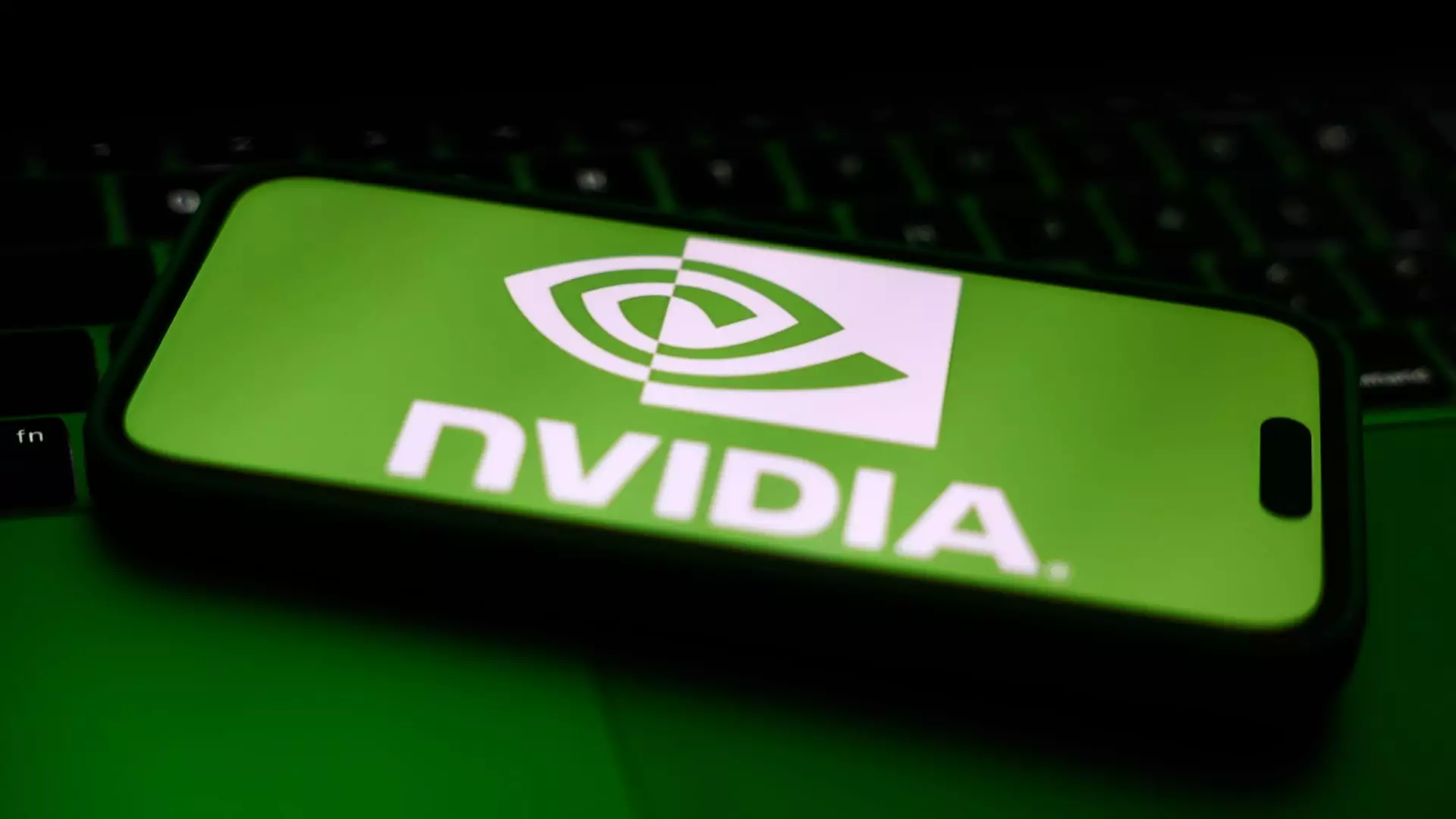Nvidia’s recent announcement regarding a new AI chipset tailored for the Chinese market marks a significant shift in its approach amid tough regulatory restrictions from the U.S. government. By slashing the price of its upcoming GPU to between $6,500 and $8,000, the tech giant attempts to stay relevant in a crucial and lucrative market. However, this price cut comes at a cost; the new chipset doesn’t boast the cutting-edge features that characterized its predecessor, the H20 model. Such a compromise raises important questions about whether this strategy is a sign of prudent adaptability or a quick fix that could endanger Nvidia’s long-term ambitions.
While the figures suggest a significant reduction, they merely reflect the underlying reality of the less sophisticated architecture of this new model. Nvidia is clearly being forced to operate in a constrained environment where innovation and performance are sacrificed at the altar of compliance. The absence of advanced memory technology and the decision not to utilize Taiwan Semiconductor Manufacturing’s sophisticated packaging technique reinforce these limitations. This isn’t merely a business decision; it’s a manifestation of the geopolitical chess game that pits American firms against governmental restrictions on global trade, particularly in technology sectors.
Geopolitical Constraints and Market Density
Nvidia’s predicament offers a glaring window into the challenges faced by tech companies in a climate of increasing nationalism and trade friction. The company’s sales derived from China highlight how critical this market is; accounting for 13% of its financial year sales, it is undeniably significant. Yet, as the landscape shifts under the weight of U.S. sanctions, Nvidia finds its market share plummeting from an astounding 95% in 2022 to around 50% now. This directly spits in the eye of growth potential; rather than expanding or scaling up, Nvidia is forced to contend with the looming threat of competition, particularly from domestic players like Huawei, which are eager to fill the gap left by a retreating Nvidia.
Investment banks and financial analysts have already raised concerns about Nvidia’s future in China, predicting that continued restrictions could push customers towards rival solutions. The export curbs that dictate stringent limits on memory bandwidth for GPUs like the H20 introduce a new layer of urgency to Nvidia’s mission. This reinforcement of export limitations not only stymies Nvidia’s innovation pipeline but could potentially hinder the advancement of AI technologies on a global scale.
A Symptom of Something Greater
What Nvidia’s situation highlights is not only the immediate repercussions of tightening regulations but also the broader implications for technology governance in an increasingly polarized world. This is, at its core, a cautionary tale about how geopolitical tensions can have profound effects on technology companies that historically prided themselves on innovation and efficiency. Nvidia’s leadership has made this point clear, recognizing that the failures in the production and modification process are a significant setback. Still, they emphasize their commitment to compliance, revealing the dual-edge sword of adherence to government directives and the pursuit of breakthrough technology.
The potential impact of these export restrictions extends beyond Nvidia and China; it poses questions on a global scale regarding the erosion of collaborative technological advancements that once flourished across borders. This withdrawal from a sweeping market suggests a retreat from international cooperation. It signifies that the delicate balance between compliance and innovation is becoming increasingly difficult to navigate, generating uncertainty not just for Nvidia but for various sectors reliant on cross-national technology and investment.
Why should we care about this? Because the essence of progress lies in collaboration, and if corporate giants like Nvidia begin to cave under political pressure, we could face a fragmented world of technology—one where competitive advantage is simulated not through innovation, but by simply drawing lines on a map based on national interests. This ominous backdrop poses a serious question for policymakers: Is the sacrifice of technological progress worth the ephemeral goals of control and compliance?
The brewing challenges presented by Nvidia’s hurdles offer more than a glimpse into tech politics; they raise existential questions about the future of global capitalism and our reliance on technology as an enabler of advancement. As Nvidia moves ahead with its limited options, one wonders where the balance between national security and corporate innovation will land in this high-stakes game.

Leave a Reply